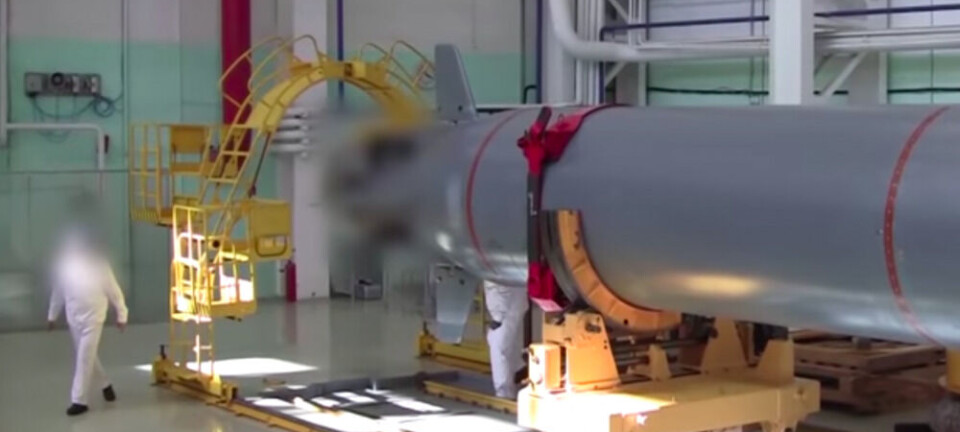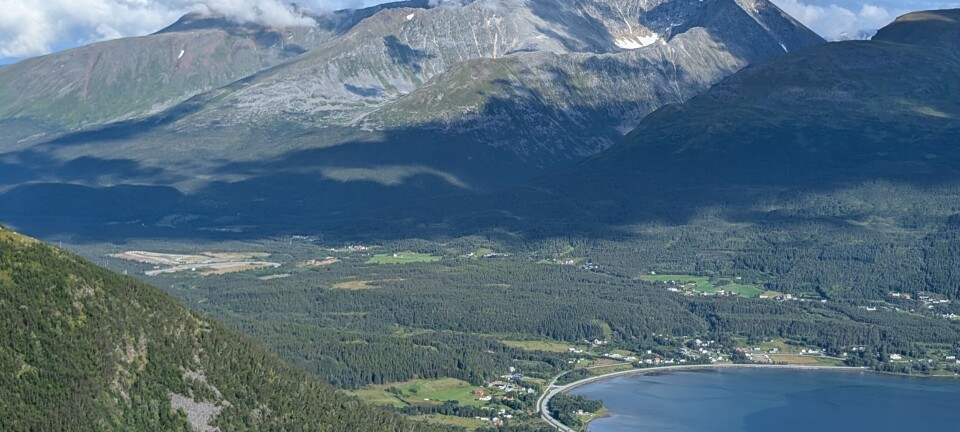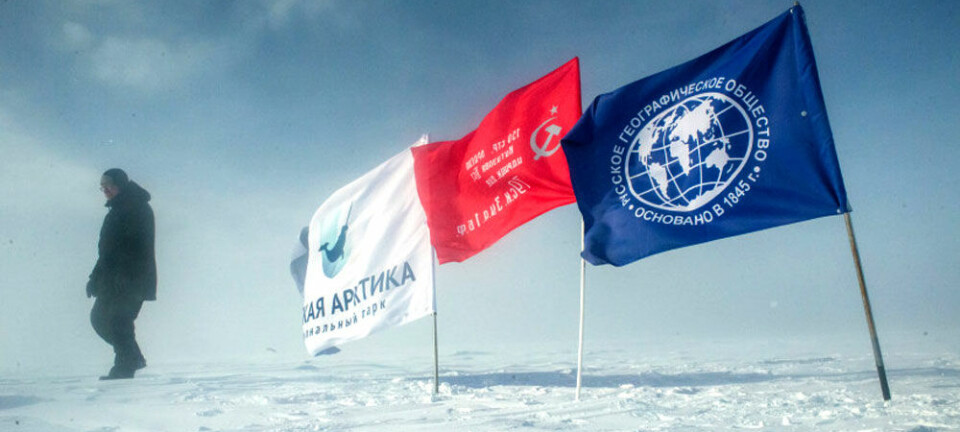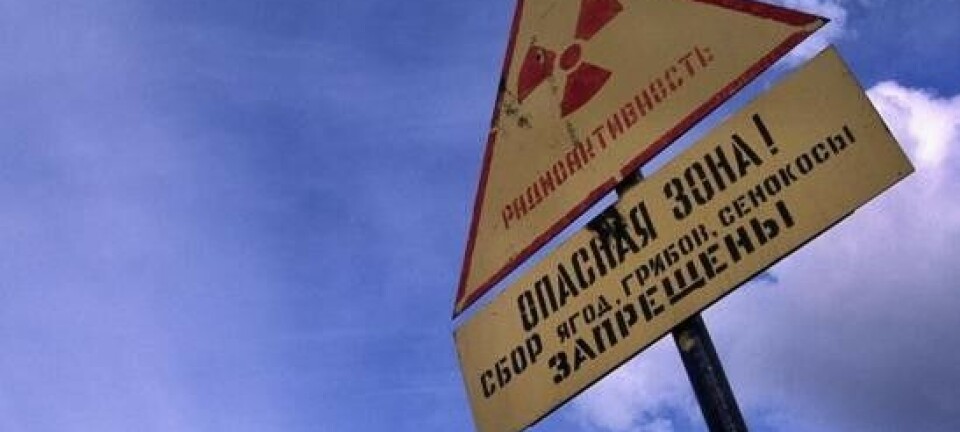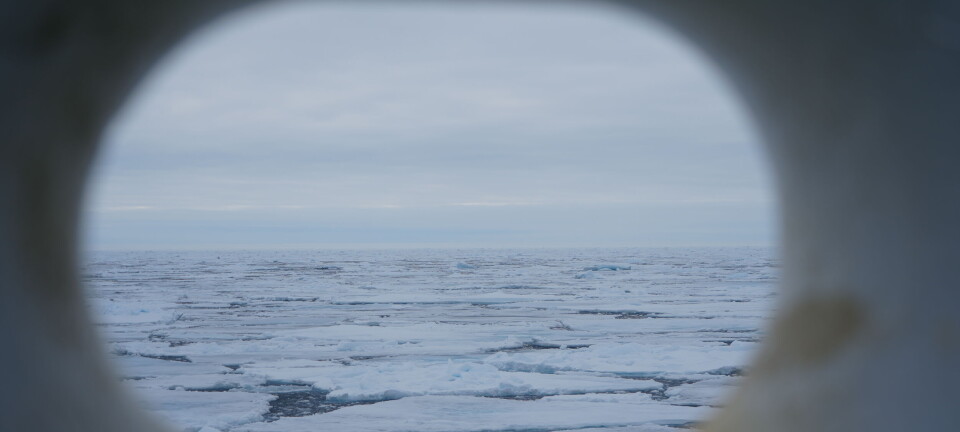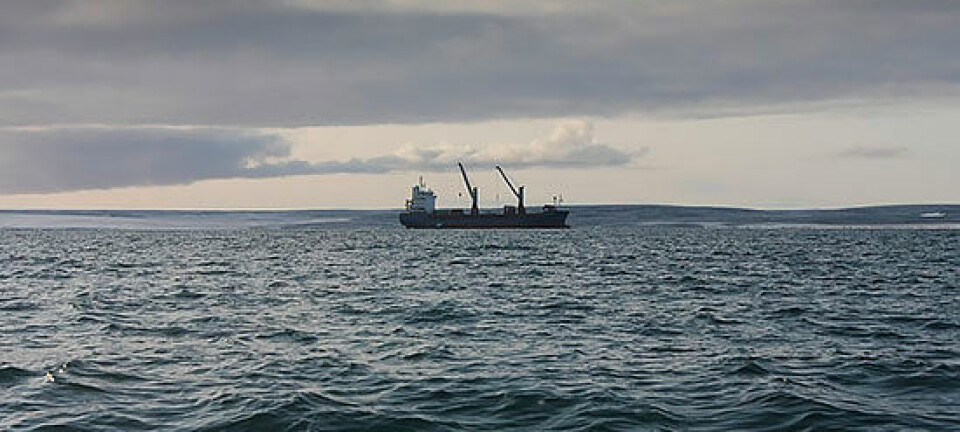Less Russian military aircrafts in the vicinity of Norwegian airspace
Russia has partly changed the pattern of its aircraft bombers and fewer missions where along the coast of Norway in 2010 compared with previous years.
Russian strategic bombers had 10 missions to the northwest during 2010, compared with 12 such missions in both 2009 and 2008.
In all, Norwegian F-16 fighter jets were scrambled 36 times from Bodø airbase in Northern Norway last year to identify Russian military aircrafts. In all 37 such Russian aircrafts were identified on missions outside Norwegian airspace in the north last year, shows the figures given to BarentsObserver by the Norwegian Joint Headquarters.
- There is a decline in the number of identified aircraft, but the number of scramble is about the same, says Lieutenant Colonel John Espen Lien, spokesman with the Joint Headquarters. - We have also seen that the number of aircraft on the so-called western flights (west of 30 degrees East) is lower than last year. This is due to several factors - both the change in the patterns of the missions, but also change in the base structure in Russia, explains Lien.
Russia resumed the missions with strategic bombers in international airspace in 2007. Also, other military aircrafts like support, radar, intelligence, fuel tank aircrafts and jet fighters are again flying in the Arctic and in other parts of international airspace.
Only one of the missions with strategic bombers indentified by Norwegian F-16s last year was carried out with the Tu-160 aircrafts. The nine other strategic bombers missions were with the older TU-95 propeller aircrafts. The last Tu-95 mission was identified outside Northern Norway on December 22nd.
A week later, on December 28th, a military cargo plane of the An-22 crashed in the Tula region. Investigators feared the crash was caused by engine failure, and ordered suspension of all flights with An-22 aircrafts. Tu-95 strategic bombers were also grounded for the reason that they have the same engines as the An-22 plane.
Since then, the old four-engine turboprop has not been in identified outside the airspace of Northern Norway.
The missions with the elderly Russian strategic bombers have raised concerns in Norway regarding the safety of the aircrafts. The bombers are designed to carry nuclear weapons, a possible accidents, or needs of emergency landing at airports in Northern Norway, could cause a security risk.
Read also: Russia to modernize strategic bombers
The Russian strategic bombers that are on missions in the Arctic or outside Northern Norway are based at the Engels Air Force base in central Russia. Flying north towards the Barents Sea is the only route the aircrafts can take to international airspace without violating other European states airspace.
Other non-strategic bombers, like Tu-142 maritime reconnaissance aircraft, are based on Russia’s Kola Peninsula and belong to the Northern fleet.
- There are a lot of flights, also westbound, that goes so far out from Norway that we choose not to send out fighters for identification. This may be missions with several planes that go far north and, for example to the areas around Iceland or Jan Mayen, says Lieutenant Colonel John Espen Lien to BarentsObserver.
- Similarly, there are some routine flights that goes to the north of Finnmark (in the Barents Sea), which we choose not to identify simply because they are so short time in the vicinity of our area that there is little meaning in scramble our aircrafts to identify these, says Lien.
In 2009, 77 Russian aircrafts were identified by Norwegian F-16s, near the double of those 37 aircrafts in 2010.
Read also: NATO fighters scrambled 38 times in 2009
There were no larger Russian aircraft exercises near Norwegian territory in 2010 involving multiple-types of aircrafts. In the Far East and the eastern part of the Arctic, Russia last year had larger activities that also involved strategical bombers.




